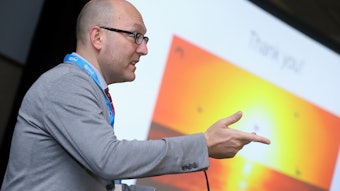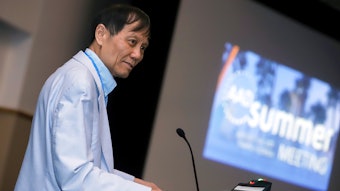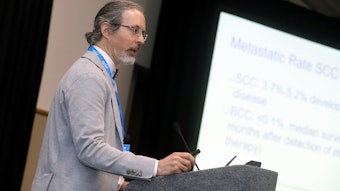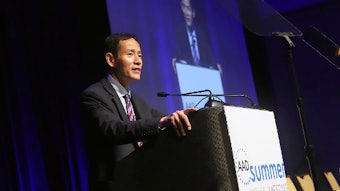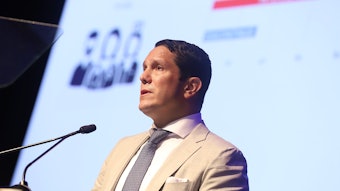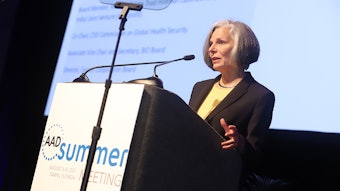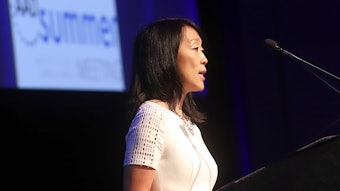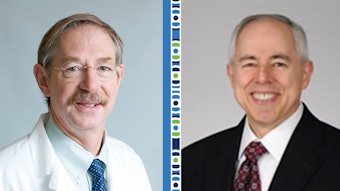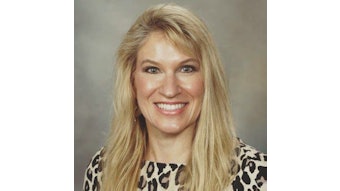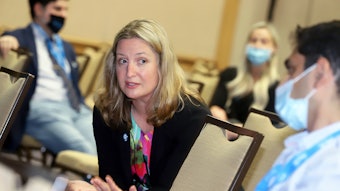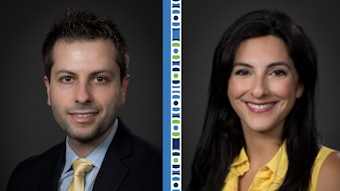Will this work?
Exploring data can have a huge impact on patient care.
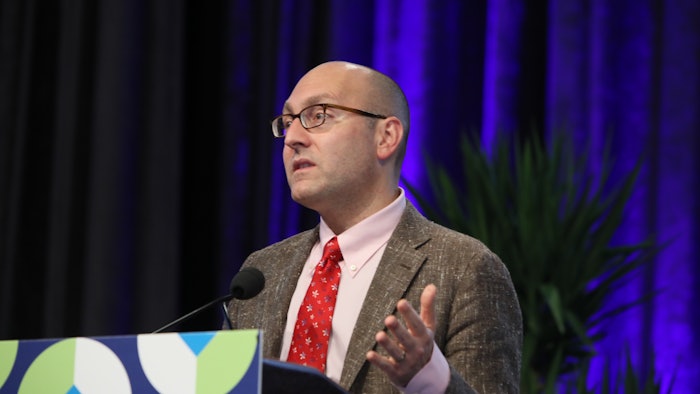
Applying an integrative approach to the treatment of common dermatologic diseases involves more than saying, “Let’s try this.” However, that idea — when coupled with solid data — can yield positive results.
Friday’s session, “Integrative Dermatology: What is the Evidence” (S007) will make a case for such an approach, but with a thorough look at the evidence. According to Peter A. Lio, MD, FAAD, who leads the session, data speaks volumes.
“It turns out that there is a fair amount of reasonably high-quality evidence for some integrative approaches for many common dermatologic diseases,” said Dr. Lio, who serves as clinical assistant professor of dermatology and pediatrics at Northwestern University Feinberg School of Medicine. Dr. Lio talked to DermWorld Meeting News in anticipation of his upcoming session.
“While, to some extent, the evidence is not to the same level as most conventional therapies, there is no doubt that within dermatology, we have something of a higher tolerance for using off-label treatments.”
In addition to exploring existing data on the use of integrative treatment for common dermatologic diseases, the session will also evaluate the pitfalls and potential dangers or side effects of some of those therapies. Factoring in the patient’s perspective is also important, Dr. Lio said.
In particular, panelists will dive into integrative therapies for atopic dermatitis, warts/molluscum, acne, psoriasis, and rosacea. For example, Dr. Lio said, there’s no doubt that pediatric lichen planus “is a real condition,” and “yet there are exactly zero FDA-approved medications for this.” Likewise, many dermatologists are seeing an increase in the number of patients with lichen planopilaris, another condition with relatively sparse literature. Finally, he said, there is at least some evidence to support therapies such as topical indigo naturalis for psoriasis, topical vitamin B12 for atopic dermatitis, and niacinamide for acne and rosacea.
“While I would charitably say that none of these therapies are going to replace our conventional prescriptions any time soon, there is no doubt that they can all play supportive adjunctive roles for selected patients, and can be very helpful,” Dr. Lio said. “For certain patients, just being open to such approaches can help establish a more powerful therapeutic alliance which can certainly affect patient outcomes.”
Beyond clinical evidence, a general assurance of safety and practicality/accessibility are among the three criteria for considering integrative therapies, Dr. Lio said. In screening for those attributes, such therapies typically have relatively few pitfalls. However, nothing is certain, he said, and “any sword cuts both ways.”
For example, many botanical oils have measurable effects, but can also act as contact sensitizers, he said. Certain herbal preparations can be effective but can also have real, measurable drug interactions that can cause harm. Finally, more sophisticated medical systems such as acupuncture can be difficult to distill down into a practical application for a conventionally based dermatologist to integrate into practice at all.
Sourcing ingredients is another challenging issue that can make one quickly appreciate having a regulatory body like the FDA, Dr. Lio said. Finally, patient expense is extremely important as almost none of these treatments are covered by insurance.
Understanding the patient perspective when recommending an integrative approach is of equal importance, Dr. Lio said. Many patients are interested in alternative medicines, particularly in dermatology. In fact, several studies have reported that some 50% of dermatology patients have tried alternative forms of medicine.
“I think there are several drivers of this phenomenon including a desire to use more ‘natural’ approaches in general, concern about side effects and a real quest for finding and addressing the ‘root cause’ of an illness,” Dr. Lio said.
Arguably, he said, conventional dermatology does some of these well, but perhaps not well enough.
“Part of my ‘hidden agenda’ is to help forge a deeper connection with our patients so we can better understand their hopes, fears, and desired approach, and to engage in a shared decision-making process with them,” he said. “Sometimes, just being open to integrative therapies will help a patient decide to use a conventional treatment.”
